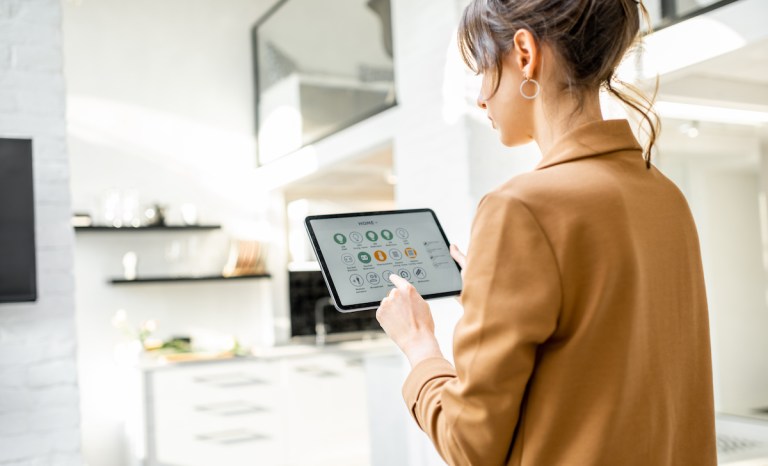
Amid global efforts aimed at decarbonization and energy efficiency, the demand for smarter, more environmentally conscious solutions is intensifying.
The imperative extends to the traditional heating, ventilation and air conditioning (HVAC) sector, which according to Rheem Chief Technology Officer Alan Machuga, is witnessing heightened innovation to meet the need for greener and more efficient practices.
“Today, most of these products [operate like plug-and-play devices]. You plug them in, you set a dial, and they go on and off,” Machuga told PYMNTS in an interview, pointing to the integration of new technologies and features, such as variable speed motors in HVAC systems and smart heat pumps that allow for heightened precision in regulating energy consumption based on environmental signals.
This not only benefits homeowners in terms of reduced energy bills but also facilitates more efficient grid management by utility companies, Machuga added.
Yet, as products evolve with increasingly sophisticated technologies and electronics, HVAC and plumbing contractors now encounter new challenges during installation and configuration — processes that traditionally relied on manual adjustments and basic settings.
In response to these challenges, Rheem, which manufactures water heating and HVAC equipment, has developed a mobile app designed to streamline the installation and servicing processes for industry professionals.
The app serves as a “guided path,” providing access to product information, installation guides and instructional videos, Machuga said. These resources equip contractors with the necessary knowledge to make well-informed decisions when it comes to replacement and repair tasks, such as adjusting motor speeds or airflow parameters.
“[Even] more importantly, using Bluetooth technology, the app enables contractors to interact with, properly configure, and set up units for the homeowner or the commercial building owner [without manual intervention], ensuring that the product functions precisely as specified and desired,” he added.
Machuga underscored the app’s role in ensuring compliance with regulations like California’s Title 24, aimed at enhancing energy efficiency and sustainability in building construction and operations within the state.
Title 24 mandates, for instance, energy optimization for HVAC systems, requiring the establishment of time-of-use schedules for water heating units during installation.
“If that time-of-use isn’t set up properly, the homeowner may not get their energy efficiency rebate that they were hoping to get with the purchase and installment of the equipment, [and] the utility or the local power company can’t fully leverage the benefits of energy-efficient products on the grid,” he said.
So, by facilitating contractor compliance with these regulations, the app is helping to ease grid strain during peak usage periods, thereby contributing to broader energy conservation efforts, Machuga said.
Looking ahead, Machuga said he foresees water heaters evolving into more sophisticated and “connectable” devices, opening new possibilities for enhanced functionality and new service offerings.
“Once the unit is connected to the grid via the internet, we are able to offer different types of digital services that we couldn’t offer before when the units were not connected,” he said.
For instance, he highlighted the potential for value-added services such as performance monitoring and participation in demand response programs that enable homeowners to monetize their appliances — specifically, water heaters — by integrating them into the grid.
Further reflecting on digital transformation in the water heating sector, Machuga emphasized that the convergence of smart technologies and connectivity will propel the industry forward, serving as a catalyst for future innovations and opportunities.
In a concluding analogy, he likened water heaters to a “cheaper version of a Tesla Powerwall [solar battery for homes],” envisioning them as energy storage units helping grid operators manage energy fluctuations more effectively.
“Imagine a scenario whereby grid operators can utilize these water heaters as batteries to store this energy for future use,” Machuga said. “In that scenario, you don’t need to heat your water at the time of use. For instance, if a grid operator needs to heat your water at 3 p.m., and you plan to use it for your dishwasher at 6 p.m., the end user still reaps the benefits.”